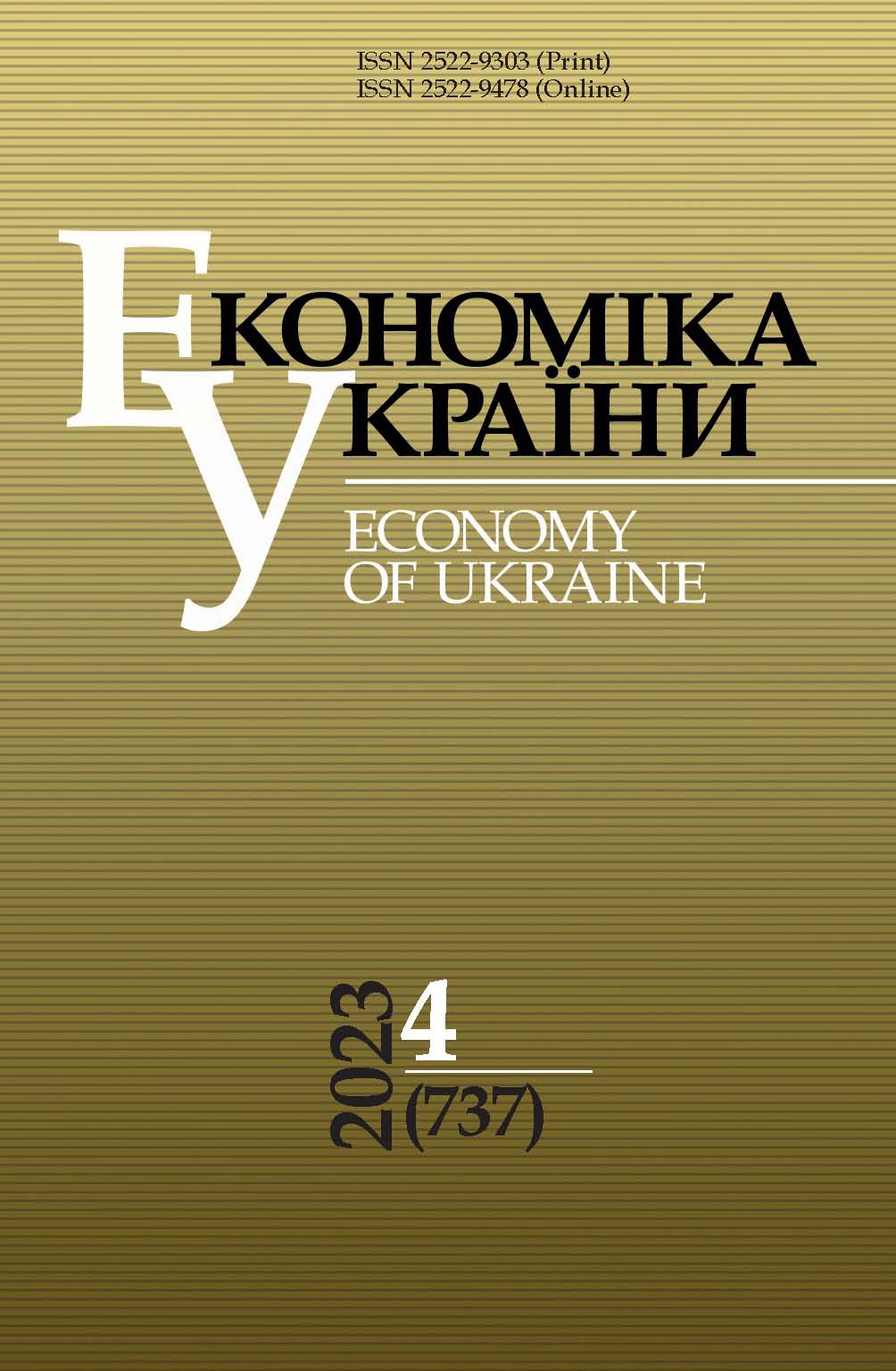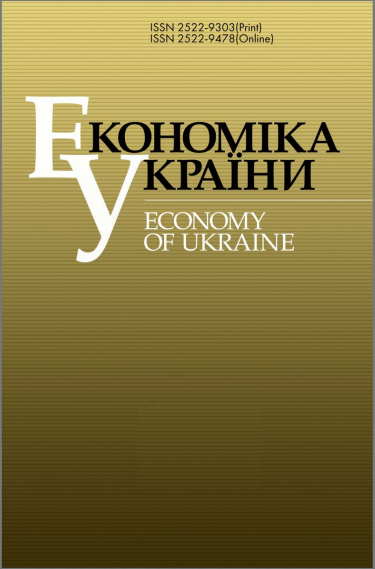THE GEOECONOMIC SIGNIFICANCE OF THE UKRAINE WAR
DOI:
https://doi.org/10.15407/economyukr.2023.04.025Keywords:
geoeconomics, Ukraine War, Russia, economic warfareAbstract
This article examines in-depth the Ukraine War as a conflict that, aside from its kinetic dimension in traditional battlefields, also involves a confrontation between Western powers and the Russian Federation in the geoeconomic chessboard. In this unconventional theatre of engagement, all sorts of economic instruments, assets, resources and capabilities are being weaponised — on an unprecedented scale — as vectors of power projection. In order to clarify this complex subject matter, it starts by identifying the various elements that make the control of Ukraine worth fighting for from a geoeconomic perspective, including its infrastructure, promising economic potential, strategic position for international economic exchanges and deposits of raw materials. The following subsection explains the rationale and the details of the punitive measures implemented by the so-called “collective West” against Russia as nonmilitary response to the invasion of Ukraine. Next, it examines the myriad of Moscow’s actual and potential asymmetric countermeasures. In turn, the corresponding conclusions summarise the instructive lessons that can be drawn from this ongoing episode about the contemporary significance and dynamics of economic warfare. As a corollary, it argues that the eventual fate of a post-war Ukraine might be, to a certain extent, shaped by the influence of geoeconomic realities.
References
Schmitt C. The Concept of the Political. Chicago, The University of Chicago Press, 2007. 165 p.
Sun Tzu. The Art of War. Canterbury Classics. Skyhorse, 2013.
Creveld M. van. More on War. Oxford, Oxford University Press, 2017. 240 p.
Luttwak E. From Geopolitics to Geo-Economics: Logic of Conflict, Grammar and Commerce. The National Interest, 1990, pp. 17-23.
Baldwin D. Economic Statecraft. Pricenton, Princeton University Press, 2020.
Heginbotham E., Samuels R. Mercantile Realism and Japanese Foreign Policy. International Security, 1998, Vol. 22, No. 4, pp. 171-203. URL: https://www.belfercenter.org/publication/mercantile-realism-and-japanese-foreign-policy
Frankopan P. The Silk Roads: A New History of the World. Vintage, 2017. 672 p.
Zarate J. Treasury’s War: The Unleashing of a New Era of Financial Warfare. PublicAffairs, 2013. 512 p.
Srinivas P. Can China’s CIPS help Russia after its ban from SWIFT? Massachusetts East Asia Institute ǀ National University of Singapore. Eai Commentary, 2022, No. 47, Mar 04. URL: https://research.nus.edu.sg/eai/wp-content/uploads/sites/2/2022/03/EAIC-47-20220304-2.pdf
Reach C. The Rise of the Rest: How Russia Views the Future World Order. The National Interest, 2022, Sep 16. URL: https://nationalinterest.org/feature/rise-rest-how-russia-views-future-world-order-204796 (accessed on: 30.12.2022).
Evans-Pritchard A. Greater Russia is now a full-spectrum commodity superpower, less vulnerable to sanctions than Europe itself. The Telegraph, 2022, Feb 24. URL: https://www.telegraph.co.uk/business/2022/02/24/greater-russia-now-full-spectrum-commodity-superpower-less-vulnerable/ (accessed on: 30.12.2022).
Downloads
Published
How to Cite
Issue
Section
License
Copyright (c) 2024 Economy of Ukraine

This work is licensed under a Creative Commons Attribution-NonCommercial-NoDerivatives 4.0 International License.



